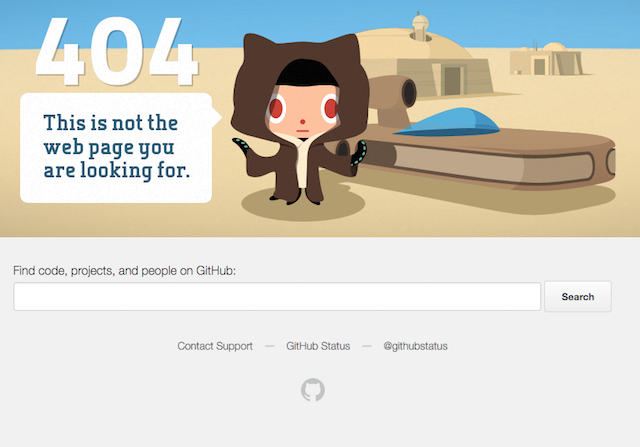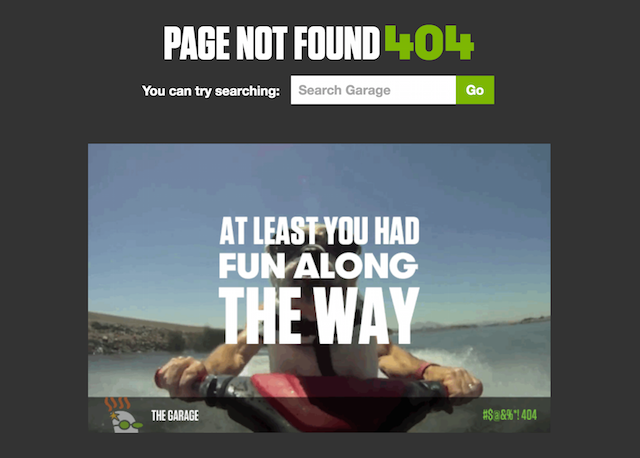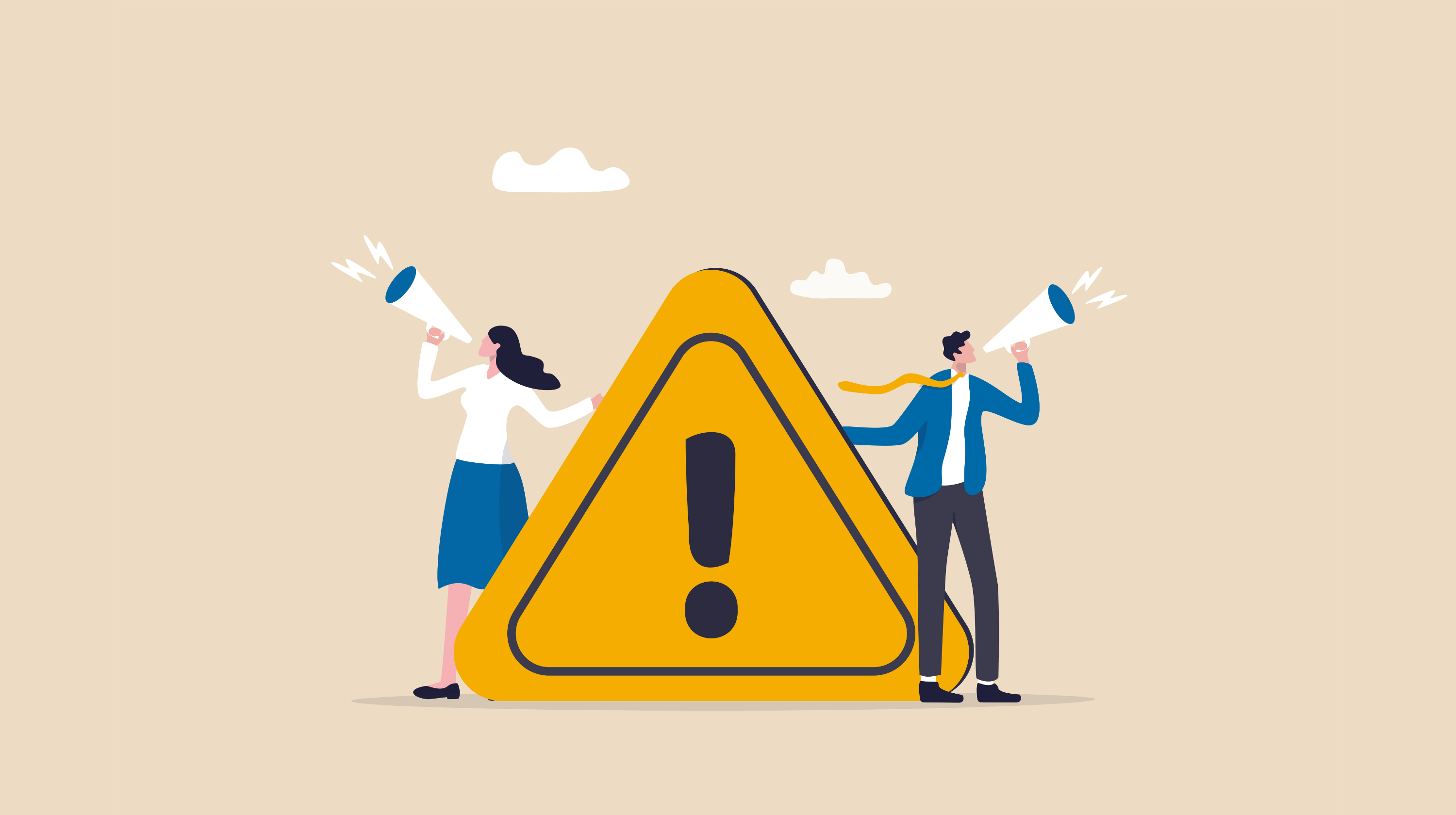I am sure you know what I am talking about: the dreaded “404 Error: Page Not Found.” It happens a lot; it could be that you mistyped the URL or the page existed at one time, but was deleted. In any case, it’s not good for your website or your visitors. Readers tend to get frustrated when the don’t find what they were looking for on your site. And though the Google gods know that 404s happen to everybody, your PageRank can be negatively affected by broken links that point to a 404 error.
So let’s look at each of the above 404 error scenarios.
You accidentally mistyped your URLs
This is a common mistake. You type in a URL and you leave out or mistype just one letter or number. Perhaps you’re in a rush and you send out a tweet with an incorrect URL. Anyone who clicks on your link will end up on that 404 error page.
One of the benefits of using WordPress is that a lot of themes have a standard 404 error page that lets the reader know in a friendly way that the page does not exist. Sometimes they even include a search box or list archives of pages and posts. This gives readers a chance to click through to something else they may find interesting.
The benefit of these template 404 pages is that they keep readers on your site. Without them, the visitor is sent to an error page in your browser and won’t ever reach your site. You just lost your audience!
404 error test for your website
Here’s a test: try typing in your URL with a few random characters into the search bar and see what comes up. If it’s a generated 404 page on your theme, and you are happy with how it looks, then you are good to go.
If not:
- Customize your current 404 page yourself (it’s likely you will need to do this via FTP) or have someone help you.
- Better yet, find a free custom 404 page plugin on WordPress.org and start thinking about creative ways to make your own 404 page. Several brands use humor to poke fun at the error. Don’t be afraid to have a little fun with it!

You have deleted that particular post or page
If you’ve deleted a page or post from your site, things can get a bit stickier and might result in issues for your readers and your search engine optimization.
“If Google ain’t happy, ain’t nobody happy.”
Whenever you create a new page or post, it will likely end up in search results somewhere. Whether it’s on the first page or buried deeper in the depths of results does not matter. When you do delete a page, a few things happen:
- Readers who find your great post via a Google search will be frustrated when they are sent to a 404 page, even a custom one.
- You will not make Google happy. You know the old saying, “If Google ain’t happy, ain’t nobody happy.” (OK. I made that up, but there is a nugget of truth there.) The bottom line? Not only does Google get irritated with 404 pages, but too many of them can affect your content’s importance, reliability and authority on the web.
The best solution: create a redirect
Redirects give you the power to take a URL that does not exist and redirect it to a new page or post. The challenge lies in finding the right place to send readers trying to find the old page. For example, if you deleted a post on SEO, consider finding another post that addresses similar issues or that is somewhat related. Engage the reader with this kind of a redirect and you will make Google and your reader happy at the same time.
How do you create a redirect?
If you are using the Yoast SEO premium version, it has a handy feature that allows you to not only create redirects but have great control over them. You can also find some plugins on WordPress.org that will help you with creating redirects. If you want to create a redirect yourself via your code and .htaccess files, be sure you have someone to help you who knows what the heck they are doing or you risk doing more harm than good.
Use the right tools to find your 404s.
Unless you are starting your site after reading this post, it’s likely that you already have the problem of 404 errors. Actually, you might have a lot of them.
Google Webmaster is the perfect tool to help you find all of your missing pages and posts. It’s free and easy to use. Google Search Console can be a great help as well. If you are using Yoast SEO, it connects directly to Google Search Console to give you reports right in your dashboard.
Have a lot of interlinked posts and pages on your WordPress site? This can be an issue for your readers, as well as a big pain point for you. I would recommend that you use a broken link checker plugin to search your own site for the little buggers. It will help to keep your readers happy and returning to your site.
Don’t let pesky 404 error pages and broken links spell disaster with search engines and your readers. Clean up your site, and be mindful the next time you delete that page or post.






